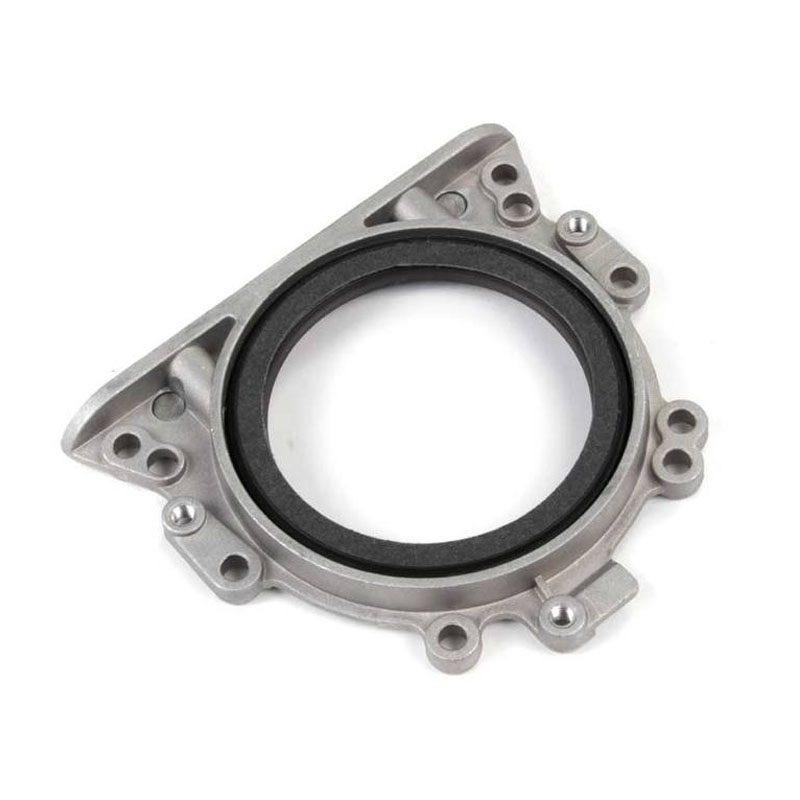Automatic Transmission Oil Pan Gasket Replacement Tips for Vehicle Maintenance
Understanding Automatic Transmission Oil Pan Gaskets Importance and Maintenance
The automatic transmission system is one of the most vital components of any vehicle, as it ensures smooth gear shifting and optimal performance. At the heart of this system is the transmission oil pan, which holds the transmission fluid that lubricates and cools various components. Critical to the proper function of the oil pan is the transmission oil pan gasket, a seemingly small but vital part that every vehicle owner should understand.
What is an Automatic Transmission Oil Pan Gasket?
The automatic transmission oil pan gasket is a seal that sits between the oil pan and the transmission case. Its primary function is to prevent transmission fluid from leaking out of the oil pan. This gasket is typically made of rubber, cork, or a combination of materials that can withstand the high temperatures and pressures found within a vehicle’s transmission system. Given its role, a properly functioning gasket is essential to maintaining the health of the transmission.
Importance of the Oil Pan Gasket
1. Fluid Retention The most crucial role of the oil pan gasket is to retain the transmission fluid within the oil pan. Any leaks can lead to decreased fluid levels, which reduces lubrication and cooling, ultimately causing transmission failure.
2. Performance Efficiency When the gasket is functioning correctly, your vehicle's transmission operates more efficiently. The right amount of fluid helps in smoother gear transitions, improving overall vehicle performance.
3. Preventing Contamination The gasket also prevents contaminants from entering the oil pan. Dirt and debris can cause wear and tear on transmission components, leading to more significant issues down the road.
4. Cost Efficiency Preventing leaks through proper gasket maintenance can save vehicle owners significant repair costs. Transmission repairs or replacements can be expensive, and ensuring the oil pan gasket is in good condition is a proactive measure to avoid such expenses.
Common Signs of a Failing Oil Pan Gasket
Being aware of the common signs of a failing oil pan gasket can save you time and money. Here are a few signs to watch for
- Transmission Fluid Leaks The most obvious sign is a puddle of bright red or brown fluid underneath your vehicle. If you notice this, it’s imperative to inspect and possibly replace the gasket. - Slipping Gears If your vehicle begins to slip or has difficulty shifting gears, it may be low on transmission fluid due to a leak caused by a failing gasket.
automatic transmission oil pan gasket

- Unusual Noises Grinding or whining noises from the transmission can indicate low fluid levels, often a result of gasket failure.
- Burning Smell When transmission fluid levels drop too low, the fluid begins to overheat and can produce a burning smell. This is a clear sign that something needs immediate attention.
Maintenance and Replacement
To maintain the health of the transmission oil pan gasket, regular checks for leaks and fluid levels are recommended. If a leak is detected, address it promptly to avoid further damage. Replacement of the gasket may be necessary if it becomes worn, cracked, or damaged.
The replacement process typically involves
1. Draining the Transmission Fluid Before work begins, the transmission fluid must be drained to prevent spills.
2. Removing the Oil Pan Carefully removing the oil pan allows access to the gasket.
3. Replacing the Gasket The old gasket will be cleaned off, and the new gasket will be installed, ensuring a tight seal.
4. Reinstalling The oil pan is reinstalled, and fresh transmission fluid is added.
Conclusion
The automatic transmission oil pan gasket is a small component with a significant impact on the overall performance of your vehicle. Understanding its importance, recognizing the signs of a failing gasket, and ensuring regular maintenance can prolong the life of your automatic transmission and enhance the reliability of your vehicle. By staying informed and proactive, you can avoid costly repairs and ensure your vehicle performs at its best for years to come.
-
Simplifying Oil Changes: A Comprehensive Guide to Oil Drain Plugs and Their Variants
News Aug.04,2025
-
Mastering Oil Drain Maintenance: Solutions for Stripped, Worn, and Upgraded Oil Plugs
News Aug.04,2025
-
Fixing Oil Pan Plug Issues: Leaks, Stripped Nuts, and the Right Replacement Solutions
News Aug.04,2025
-
Everything You Need to Know About Oil Drain Plugs: Sizes, Fixes, and Upgrades
News Aug.04,2025
-
Choosing the Right Oil Drain Plug: A Guide to Sizes, Materials, and Drain Innovations
News Aug.04,2025
-
A Complete Guide to Automotive Drain Plugs: Types, Problems, and Innovative Solutions
News Aug.04,2025
-
The Ultimate Guide to Car Repair Kits: Tools and Essentials Every Driver Should Own
News Aug.01,2025
Products categories















